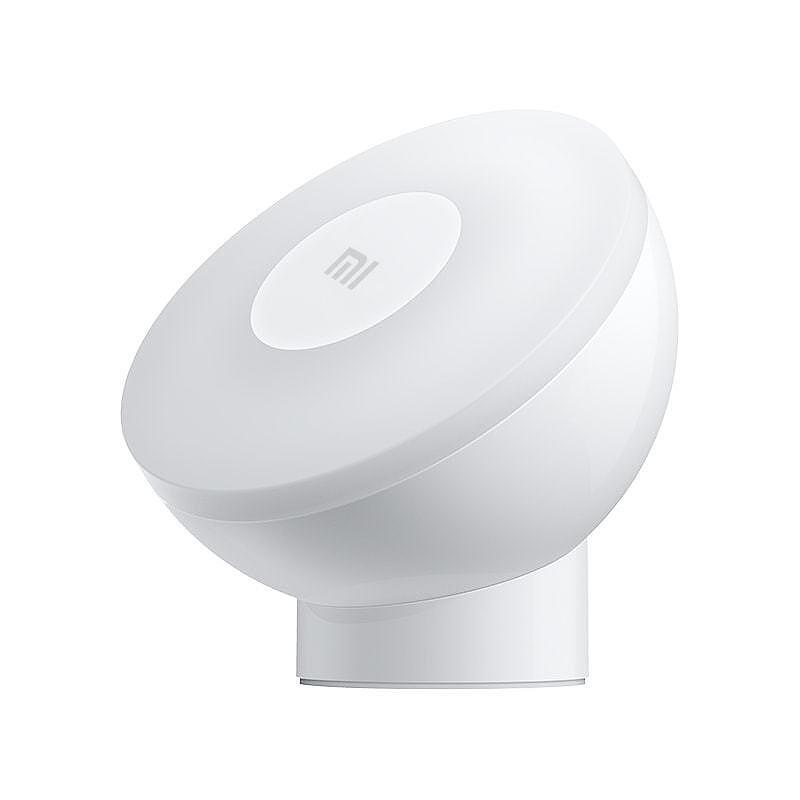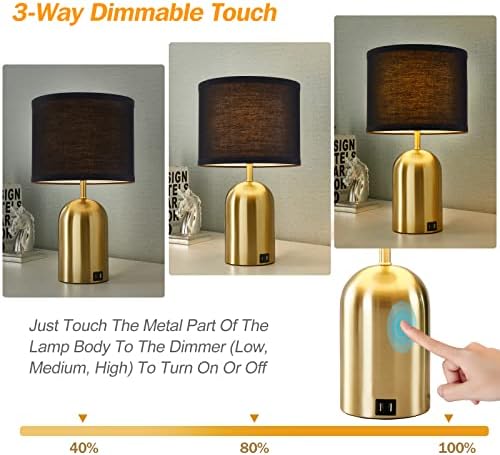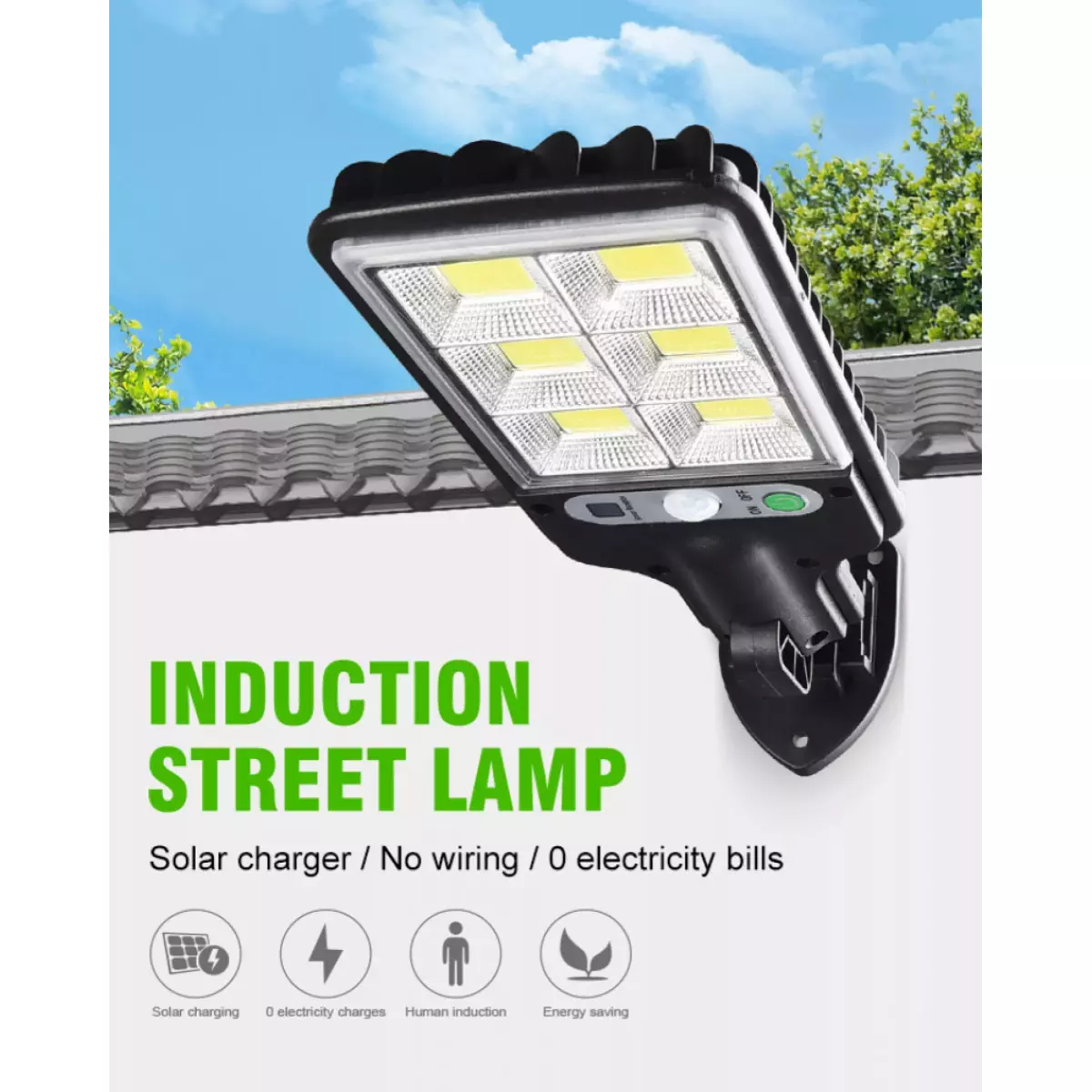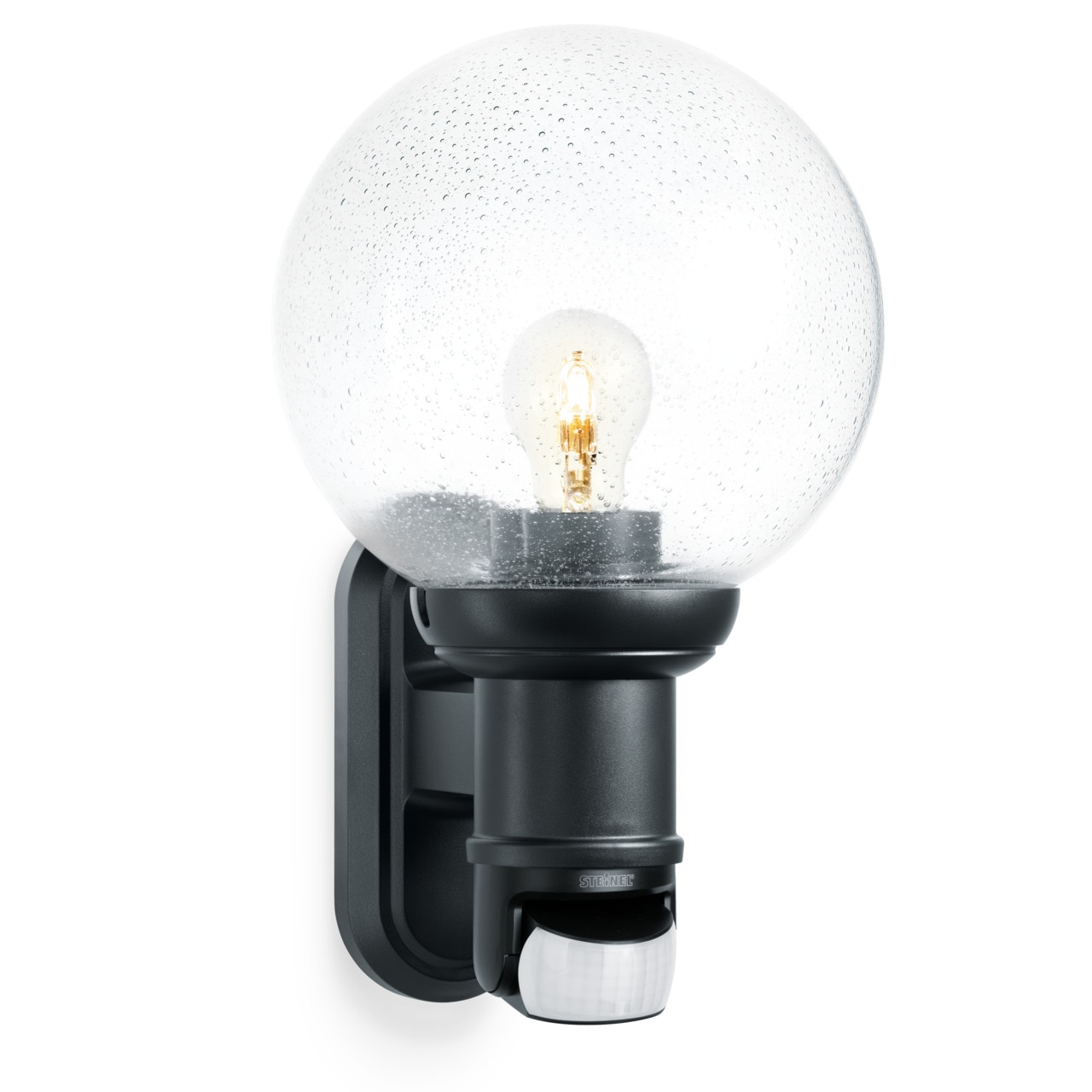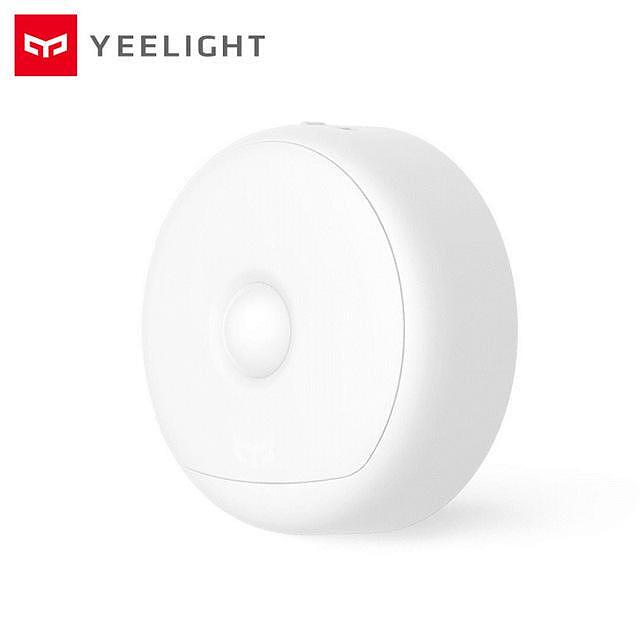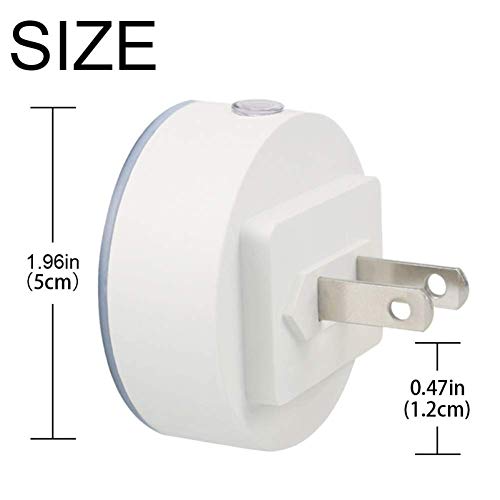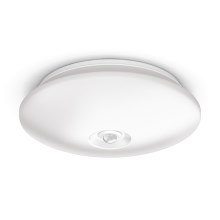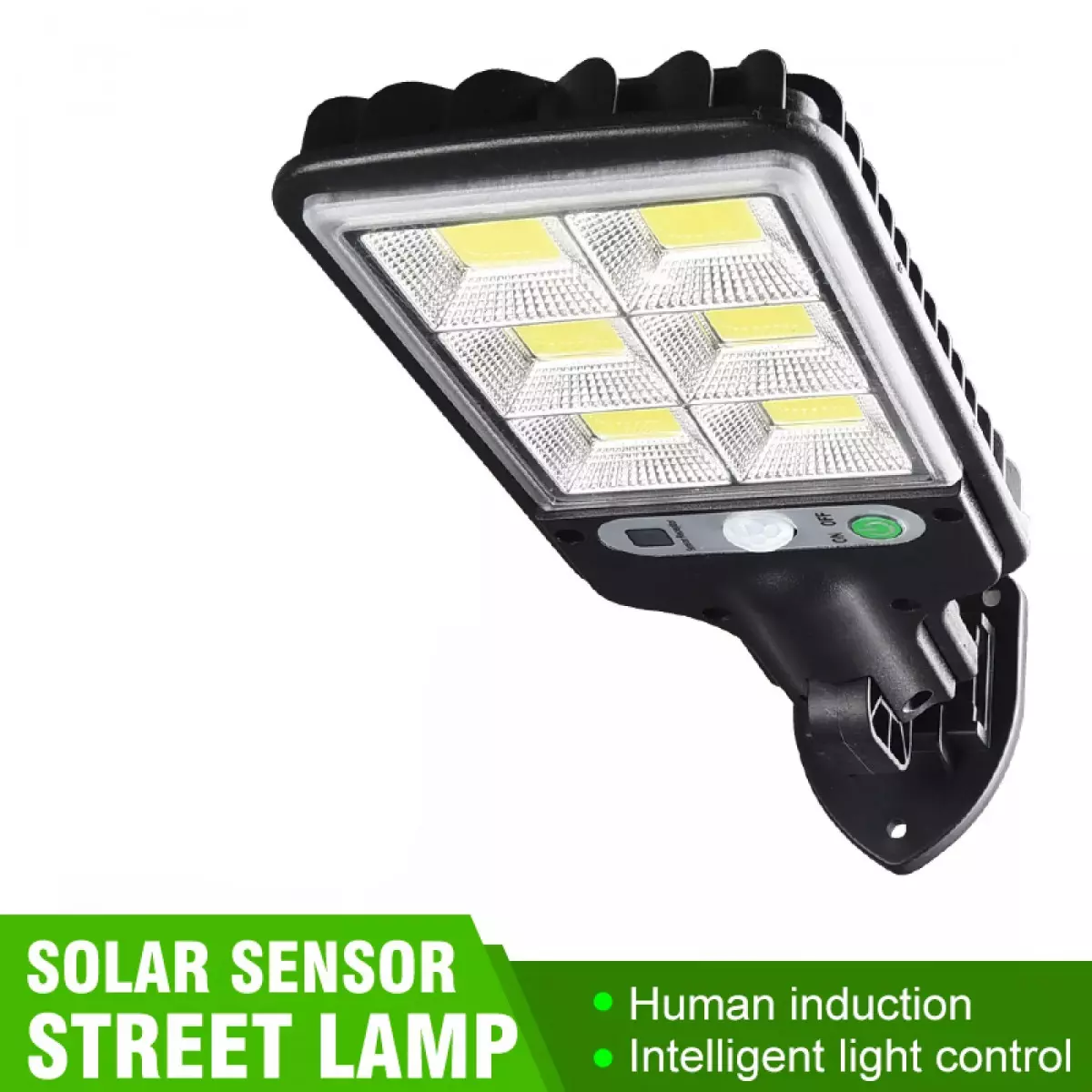
Купи онлайн 1 бр. Led лампа за интериора на колата, безжична вътрешно осветление, автомобилни Led сензорна лампа, авто тавана лампа на покрива, Usb зареждане, лампи за четене / Осветление и осветление ~
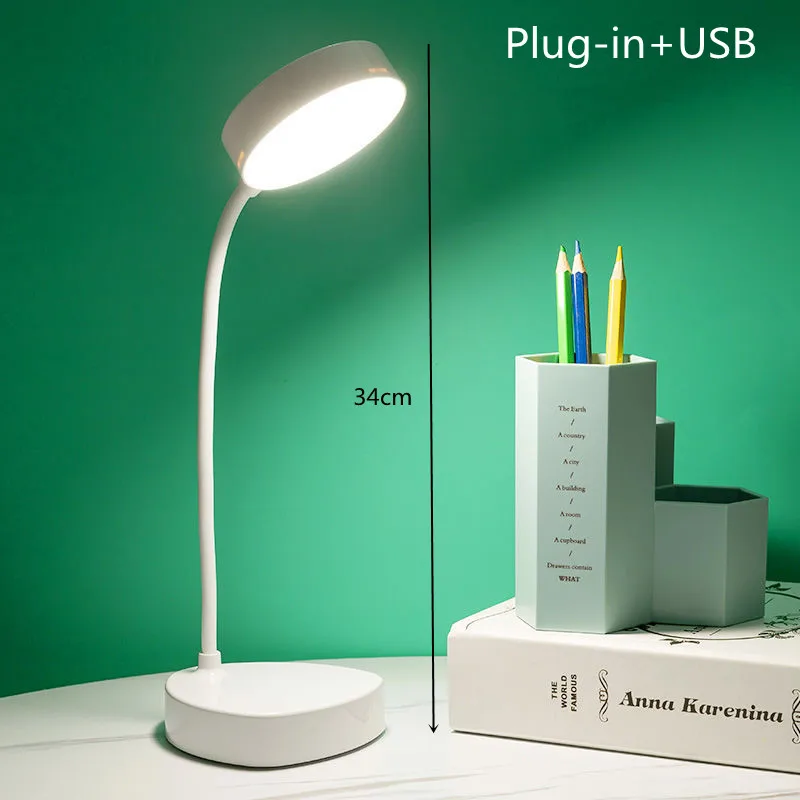
Led трехскоростная сензорна лампа за четене със затъмняване, Usb конектор за зареждане, бяла топло за защита на очите, студентски настолна лампа, офис лампа, Led отстъпка \ Осветление и осветление / www.blant.eu

LED, Соларна лампа, сензорна лампа, водоустойчива, соларен панел, сензор за движение и светлина, ЛЕД лампа с дистанционно - ЗА ПОРЪЧКА СЕ ОБАДИ НА 0877919491 и 0878479547 или ПИШИ НА VIBER и WHATSAPP

Купи Сензорна лампа преносим настолен сензор за управление на нощни лампи usb порт за зареждане \ Осветление и осветление - www.alsepeteavm.com.tr

Cyrank Led Форма на Сензорна Лампа Настолен Сензор за на Нощни Лампи, В категория настолни лампи - Www.ateiaeatrama.org

Купи Сензорна лампа преносим настолен сензор за управление на нощни лампи usb порт за зареждане \ Осветление и осветление - www.alsepeteavm.com.tr

